The new issue of THE-ICONOMIST is structured around three verbs: to track, to store, to capitalize. They do not appear as themes or narrative devices, but as discrete operations — technical procedures that have become naturalized, embedded in daily life and in the forms of attention, language, and memory. Text and image share a common surface, contaminated by the lexicon of interfaces, the rhythm of notifications, and the aesthetics of repetition. Instead of chapters, there are fragments: instructions, automated speech, interrupted narratives, visual commands, and snippets of code. The result is an editorial body that behaves like an environment, not a narrative. In opening text, language approximates the flow of a continuous timeline, where every gesture — getting out of bed, opening an app, looking into the mirror — is already processed data.
Typography multiplies, margins fail, images do not explain. System icons, graphic overlays, and fragmented structures compose a visuality that simulates a machine in operation — or in malfunction. The edition does not close around a thesis, but organizes itself as an unstable field of reading. The logic of the three verbs remains active in the act of turning pages: as we browse, we track; as we return, we store; as we interpret, we participate in a broader circuit of symbolic conversion. This edition is the third part of the IMAGE-BANK volume started in 2024, inspired by the words of curator Scott Watson in 1977: “we are all image banks, we all live in an image bank, we carry an image bank and we have the power to intervene in that image bank. 48 pages, 21x28cm, saddle-stitch binding, with shipping worldwide.
Buy in print 20$ USD Buy digital version 2.99 $ USD
MORE FROM VOL. II — IMAGE BANK ▼
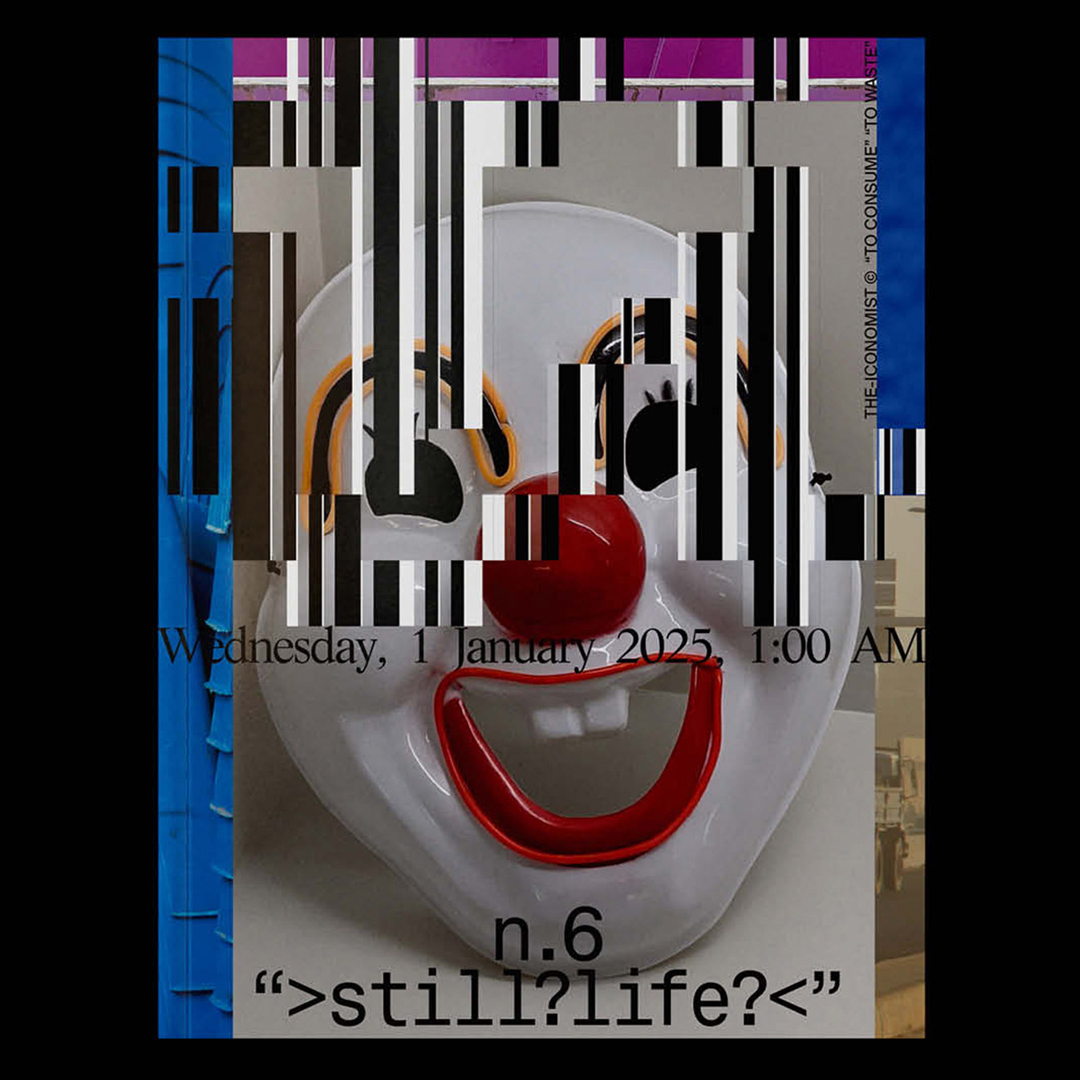
Nº 6 — To consume/To waste. The ICONOMIST Issue 6 presents itself as a visual and textual essay examining the scars of a society sickened by late capitalism. Inspired by the seminal texts Junkspace by Rem Koolhaas and Infraordinary by Georges Perec, this edition not only observes but dissects neglected spaces, accumulated waste, and the traces of a world collapsing under the weight of its own excesses. Through a curated selection of images oscillating between the documentary and the interpretative, readers are led through scenarios ranging from the dazzling and hyper-artificial universe of fast food, or “junk food,” to landfills and waste dumps, where the shine of consumption is replaced by neglect. Abandoned commercial spaces and vacant lots emerge as silent symbols of the failure of an infinite progress promise. The pages also portray human vulnerability: houses destroyed by natural disasters, waste pickers scavenging for what remains, and devastated landscapes that denounce systemic indifference to the environment and marginalized populations. Among the selected texts, authors such as Anna Lowenhaupt Tsing, Jean-Paul Fargier, Stanley Brouwn, Byung-Chul Han, Walter de Maria, Siri Hustvedt and others, help build the conceptual framework of this edition. In the interplay of combinations proposed by the edition, the concept of “still life” is subverted. Here, it is not about representing the silent order of inanimate objects but revealing urban chaos and the desacralization of the everyday. It is a still life that lives—and decays—in territories contaminated by ambition, inequality, and neglect. This edition is a call to see what is invisible or too uncomfortable to be noticed. It is a portrait not only of a world in decline but of a civilization that insists on ignoring the signs of collapse while indulging in excess—even of images.
48 pages, 21x28cm, saddle-stitch binding, with shipping worldwide.
Download .PDF
Buy in print 20$ USD
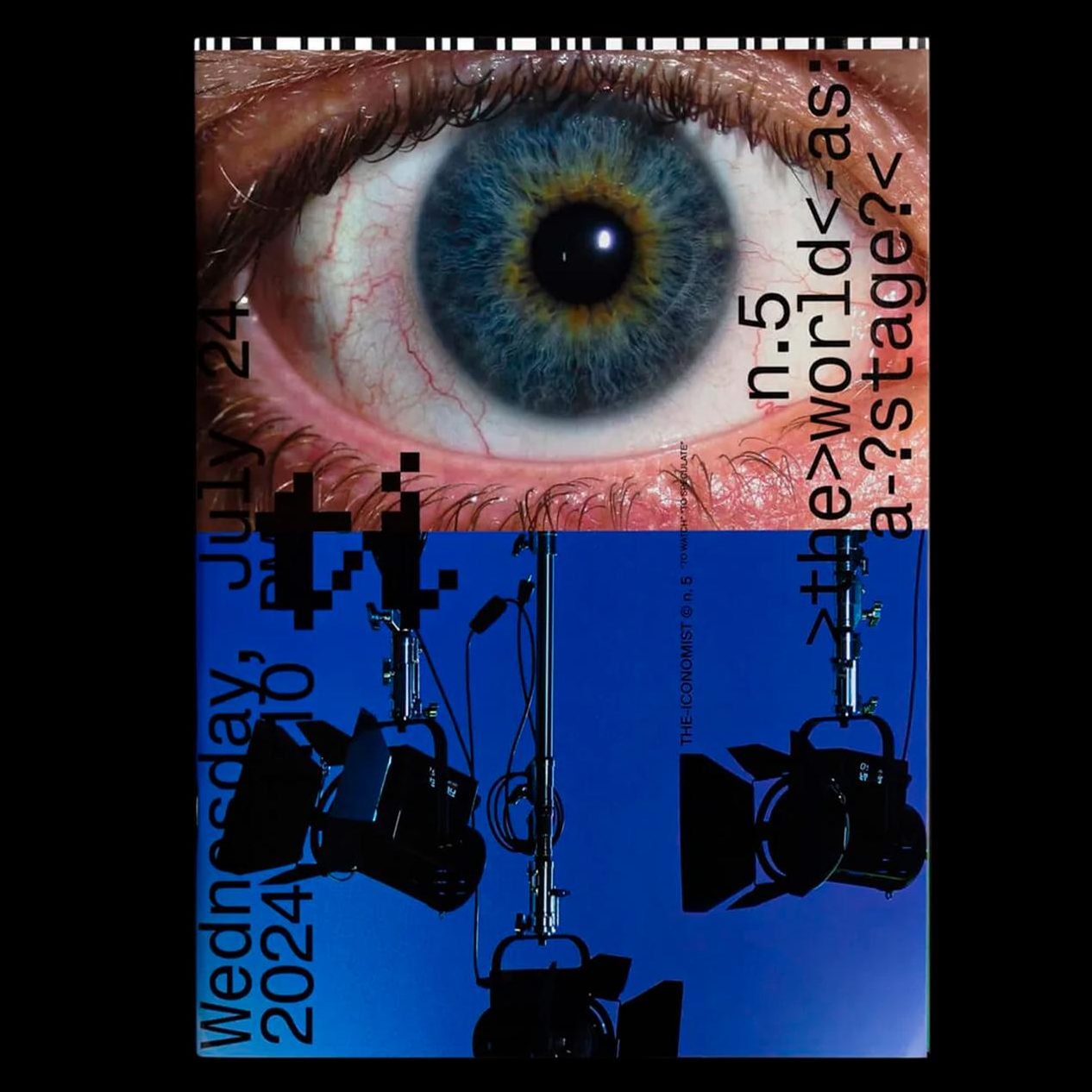
Nº 5. Inaugurating its new volume of publications, THE-ICONOMIST presents an unusual thematic dossier built around the verbs “to watch” and “to speculate”. Inspired by excerpts from Michel Foucault’s book “Discipline and Punish: The Birth of The Prison” and William Shakespeare’s poem “All The World’s A Stage”, we explore the complex issues of surveillance in the digital age and the role of security cameras in contemporary society. Instead of creating images generated by artificial intelligence, we decided to delve into the vast banks of digital images available on servers around the world. This method seeks to give new meaning to an often forgotten arsenal of imagery, visually composing this issue with authentic and historically charged material. Through this volume, we address crucial themes such as privacy and power, violence and social behavior, technology and ethics. In addition, we have enriched our analysis with selected texts by renowned authors such as Octavia Butler, Don DeLillo, Jean Baudrillard, Thomas Elsaesser, Anne Carson, Guy Debord, Marshall McLuhan and Barbara Kruger, among others.
58 pages, 21x28cm, saddle-stitch binding, with shipping worldwide. Published by zero-Editions.
EXTENSIONS ▼
“Taking its name from economist Gilson Schwartz’s 2006 neologism ‘Iconomy’ while also nodding to longstanding news weekly The Economist, THE-ICONOMIST questions our relationship with images in this era of image saturation with each issue using verbs as its themes.”
— MAGCULTURE.com
“THE-ICONOMIST’s latest issue is hectic and “suffocating” in its use of online image banks. The magazine has never really operated within the requirements of a conventional magazine. This isn’t just because the issues don’t have any advertisements or an ISBN number, or even that it doesn’t have a website that can be indexed by Google. The magazine defies a traditional editorial approach at every turn.After its first four issues’ focus on AI-generated visuals, the magazine has returned with its fifth edition — a printed exploration of surveillance in the digital age.”
— ELLIS TREE, It’s Nice That
F IS FOR FRAGILITY (OF DIGITAL IMAGES) ▼
F is for FRAGILITY proposes a reflection on the instability of digital memory, the limits of technological preservation and the aesthetic potential of error. Rather than restoring, the project chooses to highlight failure as a form, welcoming impermanence and fragility as an inherent part of the digital creation and archiving process. In December 2024, one of our hard drives containing thousands of reference images and project files was damaged, but the recovery process gave us the images we present in this zine. When data is corrupted, the image also takes on a new life. They have lost their original functions, their sharpness, and often any possibility of literal reading. What remains are fragments, noises, spectra. Closer to the idea of a ruin than a document, these images now operate as traces of something that can no longer be reconstructed, only reinvented.
DOCUMENTS ▼
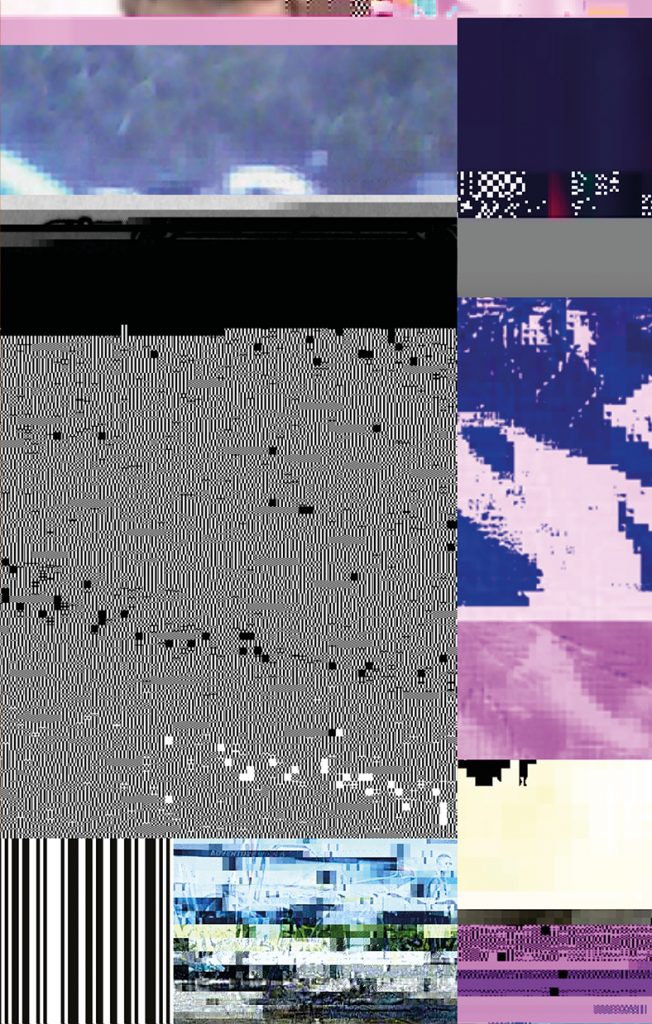
F IS FOR FRAGILITY (OF DIGITAL IMAGES). When data is corrupted, the image also takes on a new life. They have lost their original functions, their sharpness, and often any possibility of literal reading. What remains are fragments, noises, spectra. In December 2024, one of our hard drives containing thousands of reference images and project files was damaged, but the recovery process gave us the images we present in this zine. Closer to the idea of a ruin than a document, these images now operate as traces of something that can no longer be reconstructed, only reinvented. F is for FRAGILITY proposes a reflection on the instability of digital memory, the limits of technological preservation and the aesthetic potential of error. Rather than restoring, the project chooses to highlight failure as a form, welcoming impermanence and fragility as an inherent part of the digital creation and archiving process.
13x20cm, 60 pages, brochure. Shipping worldwide.
Buy in print $15
Buy digital version $5.99
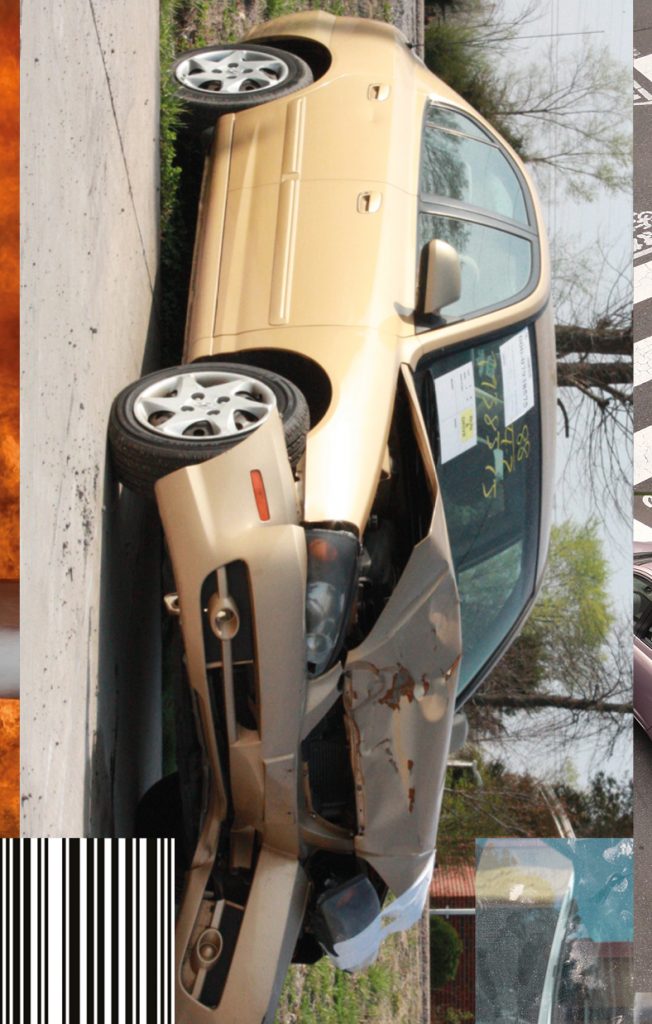
ACCIDENT & EMERGENCY_This zine presents a visual essay on the aesthetics of ruin and the relentless force of collapse, bringing together appropriated images of crashes, fires, and rollovers—where twisted metal and flames dance in the wake of destruction. Amid charred wreckage and distorted forms, a landscape of chaos and beauty emerges, a vestige of the moment when everything fell apart.
13x20cm, 48 pages, saddle stitched binding. Shipping worldwide.
Buy in print $15
Buy digital version $1.99

EYES OF NEPTUNE_This zine explores the iconography of the god of the seas, Neptune/Poseidon, in his duality between creation and destruction. Lord of the waters, storms and earthquakes, Neptune rules the uncontrollable flow of nature, symbolizing both the abundance of the oceans and their devastating wrath. Between tides, floods and changes, this zine investigates the mythological force that shapes lands, myths and destiny.
13x20cm, 48 pages, saddle stitched binding. Shipping worldwide.
$15 USD Buy in print
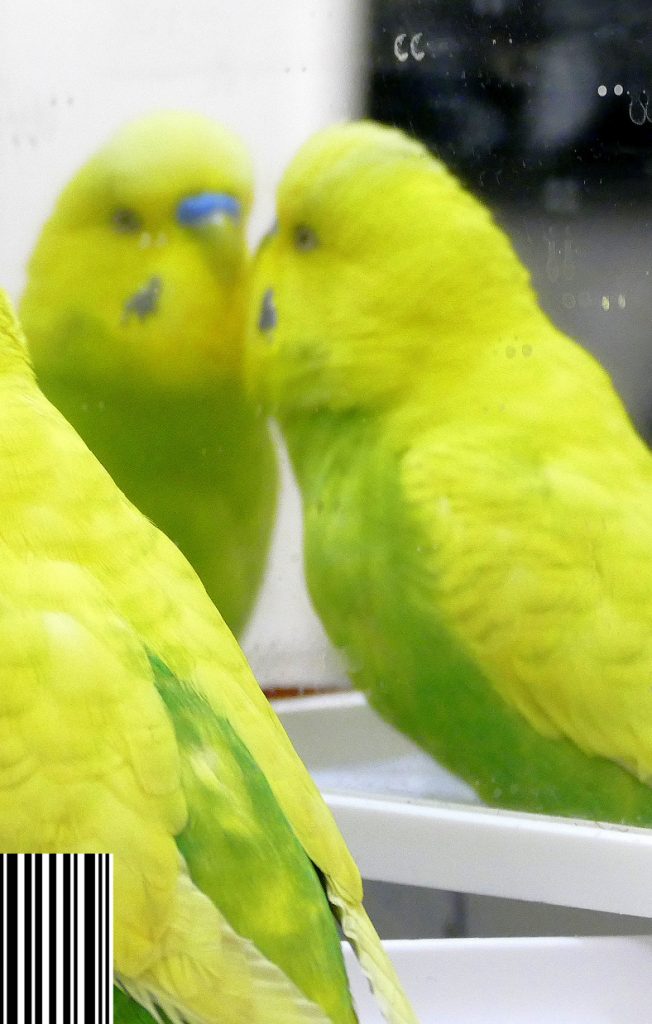
B IS BATHROOM_This zine is a continuation of our series started with the publication “Kitchen 9×9” and presents a narrative of images related to the most intimate place in a house and all its peculiarities.

KITCHEN 9X9. This zine takes as its starting point a collection of images of kitchens found on the internet; a kitchen set in a television studio, people with kitchen as their surname, kitchens throughout history, works of art depicting kitchens and other representations.
13x20cm, 48 pages, saddle stitched binding. Shipping worldwide.
$15 USD Buy in print
PRESS ▼
“Taking its name from economist Gilson Schwartz’s 2006 neologism ‘Iconomy’ while also nodding to longstanding news weekly The Economist, THE-ICONOMIST questions our relationship with images in this era of image saturation with each issue using verbs as its themes.”
— MAGCULTURE.com
“THE-ICONOMIST’s latest issue is hectic and “suffocating” in its use of online image banks. The magazine has never really operated within the requirements of a conventional magazine. This isn’t just because the issues don’t have any advertisements or an ISBN number, or even that it doesn’t have a website that can be indexed by Google. The magazine defies a traditional editorial approach at every turn.After its first four issues’ focus on AI-generated visuals, the magazine has returned with its fifth edition — a printed exploration of surveillance in the digital age.”
— ELLIS TREE, It’s Nice That
THE-ICONOMIST is a third generation research project, an artist’s magazine and observatory founded in 2021.
HI@THE-ICONOMIST.NET
@THE.ICONOMIST